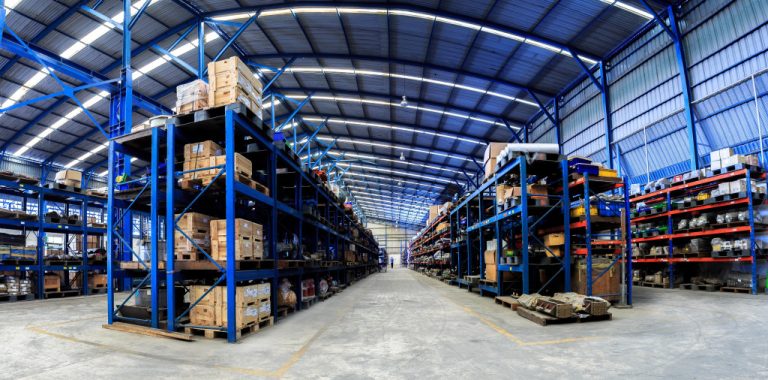Many offices in the United States remain empty as the Omicron variant of Covid-19 has pushed back the return to office of most companies. In contrast, according to reports from CNBC, ABC News, and NPR, there is a shortage of warehouses in the country. Commercial real estate services JLL stated that as of November this year, almost 96 percent of industrial spaces in the U.S. are already occupied. The ideal available warehouse capacity for supply chain efficiency across the country is 15 percent.
In 2020, almost 190 million square feet of warehouses were built, and over 43 percent of that was pre-leased even before construction was completed. According to commercial real estate company CBRE, more than a billion square feet of warehouse space have already been used in 2021, yet there is still a shortage of around 300 million square feet. Pre-leasing for 2022 is also already sold out. By 2025, the country will need one billion square feet more of new warehousing space to meet demand.
Effects of E-commerce
The need for more warehouses results from the surge in e-commerce during the pandemic. People are using online shopping to release the stress and anxiety caused by the health crisis. They are buying goods online more than they ever did before. The estimate is that e-commerce growth since the arrival of Covid-19 is equivalent to five years’ worth of average growth compressed.
Warehouses need up to thrice as much room as brick-and-mortar stores. With people buying more goods online, e-commerce retailers are also importing more goods faster. Online sellers need to have goods at hand for quick delivery to customers. Whereas most warehouses before the pandemic were in areas far from urban and suburban residential areas, online retailers are now looking for warehousing options nearer their customers. This makes the delivery faster.
There is steep competition among online sellers, and the immediate availability and delivery of products ensure customer loyalty. Consumers now expect the speedy arrival of their orders. Some e-commerce retailers even promise same-day delivery to get ahead of the competition.
E-commerce retailers are also stocking up on their goods as a buffer against supply chain problems. These are common during the pandemic as factories often shut down due to a surge in Covid-19. There are also frequent disruptions at ports and in trucking services. The shortage of workers contributes to the load in warehouses. There are not enough workers and truck drivers to empty the warehouses more efficiently.
Because of the limited availability of warehouses, rent has also surged in 2021. Warehouse builders can earn more by building more warehouses at a faster rate. However, they also face supply chain challenges for construction materials such as trusses for cement roofing and pins to hold the roof and walls together. There is also a shortage of construction workers.

Warehouse Technology
Warehouses today are very different from those in the past because they are now more sophisticated with many smart automated features. For instance, forklifts are now automatic, using forklift fork protection sleeves to prevent damage such as punctures, marks, and scratches on products that are handled. There are automated storage retrieval systems (AS/RS), robots, and cobots.
AS/RS uses various levels of automation set by the user to handle, store and retrieve goods with speed and accuracy. This includes carrying goods across the warehouse, putting goods on shelves or racks, and getting the correctly identified products from shelves or racks. The AS/RS can carry loads that a single person cannot carry, move faster without fatigue, and reach higher shelves. Vertical storage space can, therefore, be maximized. The downside is that the use of AS/RS requires a major retrofitting of existing warehouses to install the infrastructure required by the system.
Warehouse robots are either automated guided vehicles (AGV) or automated mobile robots (AMR) that can be used in existing warehouses without retrofitting. AGVs can work like conveyors, carts, towing machines, or forklifts, meaning they can sort, pick, and move products. Some types even have the capability to assemble products.
According to Businesswire, by 2026, a combination of both types of robots will comprise 18 percent of warehousing automation. The expected combined market of AGVs and AMRs will reach $13.2 billion by that year. AMRs will be more widely used, gaining a 45 percent market share.
Cobots are robots designed to collaborate safely with humans in completing tasks. Studies show that this increases productivity by up to 85 percent, compared to each one working alone. Some cobots are wearable, enabling workers to perform at a higher level.
Automated Future
Automated warehouses benefit workers because they are spared from dangerous tasks and monotonous, repetitive tasks. Workers are still needed for tasks that require human analysis and decision-making, increasing the use of brains over brawn. The successful collaboration between humans and machines will benefit the community. However, the problem that still needs to be solved is to build all those much-needed warehouses.



